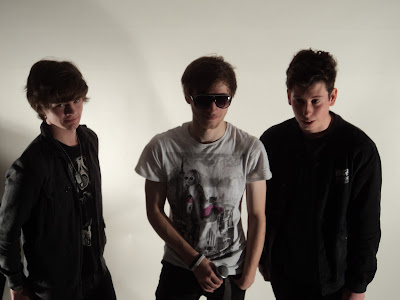This DPS includes a pull quote from the article in a bold red to highlight it and attract the reader's attention to it before they read the actual article. The two main images that frame the text are placed so that they separate into two halves and break it up a bit so that it is easier to look at and read. There is no reference to the title of the magazine on this page or a title that says it is a main article. It also includes an image on each page, which is not something that I have seen very often, but is quite effective here.
There is a strong colour scheme here between the model's hair and the USA flag, that also ties in with the title "USA Got the Love". A lot of attention is drawn to this image because of this colour scheme and the way it is placed on the page. We generally read from left to right, so the first thing the reader sees is the image, then the title and then the article and pull quote. The name of the model is highlighted in the pull quote in blue, which is the other colour of the USA flag aside from the ones seen and draws attention to who the article is talking about.
This final article differs quite a lot from the others. It has similarities to a contents page with the column about what else is in the magazine and the splashes that link parts of the magazine together. However, we can tell that it is a DPS by the use of pull quotes in between the text of the article and the large picture and title that links to it. There is still a strong colour scheme present here and the blue used highlights the title, pull quotes, splashes and parts of the column on the left.























